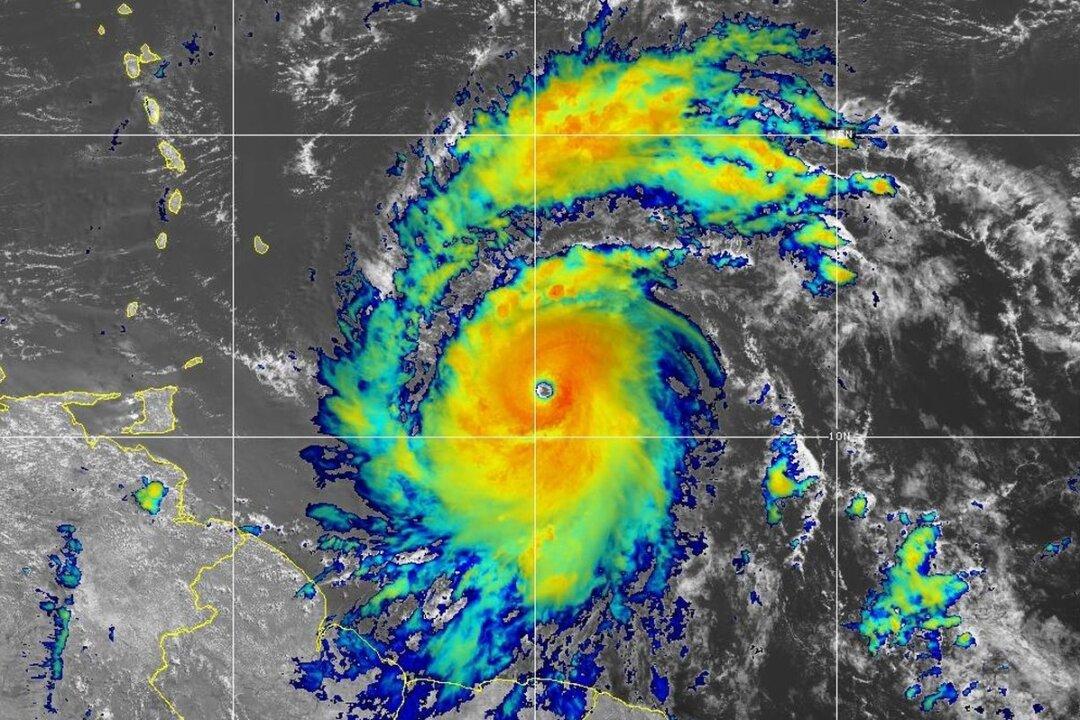Hurricane Beryl strengthened into a Category 4 storm on June 30, becoming the first hurricane to form during the 2024 season.
Located about 250 miles southeast of Barbados in the Caribbean, Beryl had 130 mile-per-hour winds, the National Hurricane Center said in a 5 p.m. EDT advisory. The storm is expected to hit the Windward Islands on July 1 as a major Category 3 hurricane or higher before it hits part of Jamaica in the coming days.





